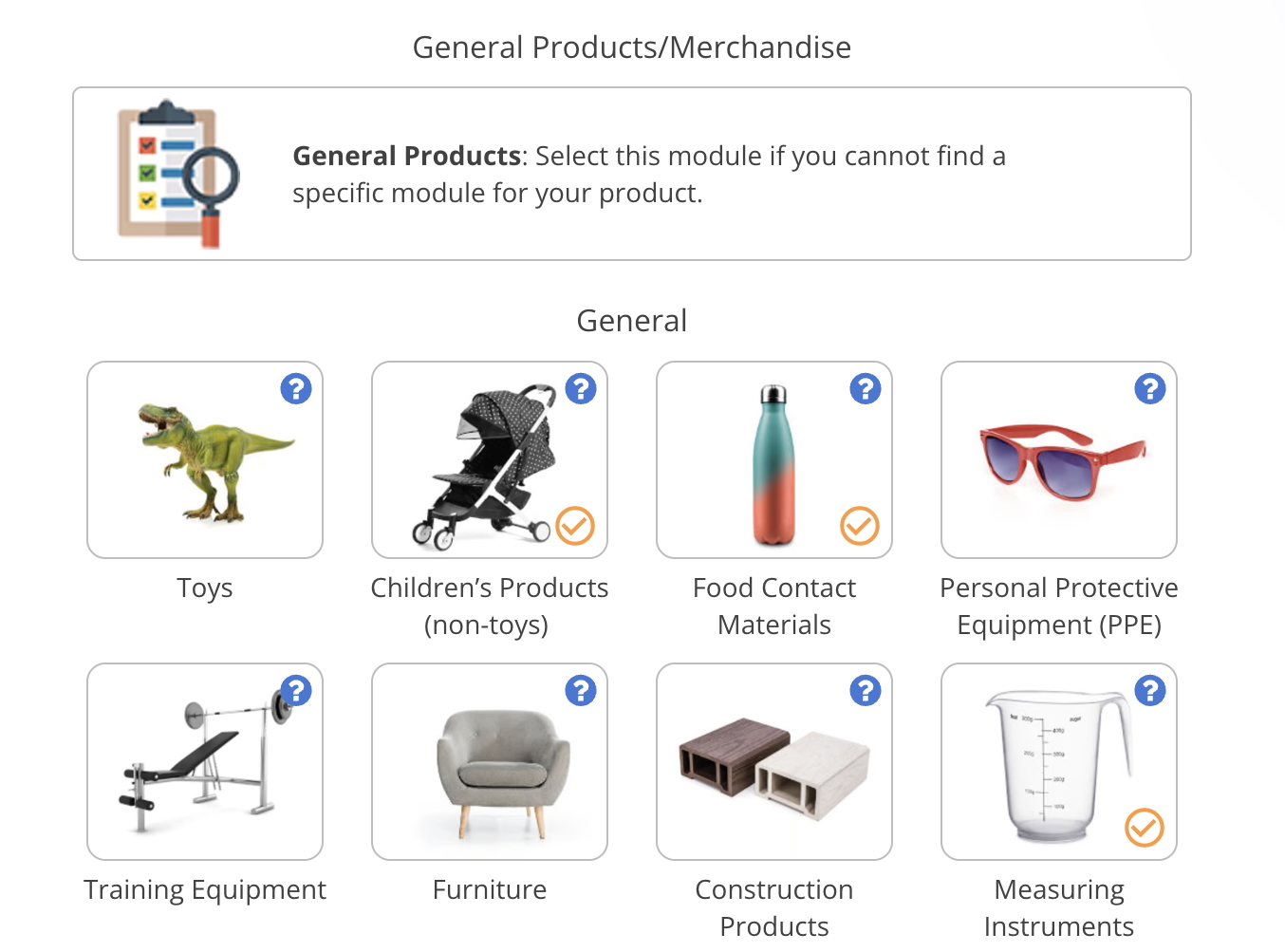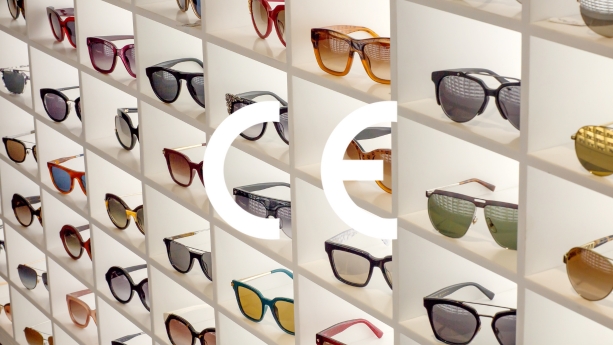
Are distributors, retailers, and resellers responsible for ensuring that products are correctly CE marked? Yes, to some extent. In this guide, we explain which companies are defined as distributors, and what they must do in practice to ensure compliance with EU regulations and directives mandating CE marking.
Note: This guide contains examples from the PPE Regulation. Other CE marking regulations and directives may set additional requirements for distributors that are not covered in this guide.
Content Overview

FREE CONSULTATION CALL (30 MIN)
 Ask questions about compliance requirements
Ask questions about compliance requirements Countries/markets:
Countries/markets:
 Learn how we can help your business
Learn how we can help your business
You will speak with:Ivan Malloci or John Vinod Khiatani
What is the definition of a distributor?
Distributors are generally defined as companies that are neither manufacturers nor importers. It’s therefore important to first rule out the possibility of your business being defined as either a manufacturer or importer.
‘Manufacturer’ means any natural or legal person who manufactures PPE or has it designed or manufactured, and markets it under his name or trademark;
Companies that are either manufacturing or ordering custom-designed or branded products from contract manufacturers are defined as manufacturers. As such, companies that sell products under their brand name can be defined as manufacturers, even if they are technically functioning as retailers.
‘Importer’ means any natural or legal person established within the Union who places PPE from a third country on the Union market;
EU companies importing products from suppliers outside the European Union are defined as importers. This also includes retailers and resellers (who may function as distributors) importing goods from non-EU suppliers.
‘Distributor’ means any natural or legal person in the supply chain, other than the manufacturer or the importer, who makes PPE available on the market;
As such, a distributor is likely a company that does not do any of the following:
- Manufacturing products on their own
- Order custom-designed or branded products from contract manufactures
- Imports products from suppliers outside the EU
Instead, a distributor is more likely to be a company procuring already branded products from suppliers within the European Union. In other words, a retailer or reseller.
Examples
| Scenario | Role |
| 1. Dutch retailer orders custom designed and branded protective gloves from a contract manufacturer in Poland | Manufacturer |
| 2. German wholesaler imports eyewear from a brand in Japan | Importer |
| 3. Dutch retailer purchases eyewear (same as above) from a German wholesaler | Distributor |
What are the CE marking responsibilities of a distributor?
CE marking responsibilities for companies defined as distributors can often be found in an article titled Obligations of distributors. The following parts can be found in Article 11 of the PPE regulation.
1. When making PPE available on the market, distributors shall act with due care in relation to the requirements of this Regulation.
While this statement is vague, distributors must be aware of the essential requirements set by a particular CE marking regulation or directive.
2. Before making PPE available on the market, distributors shall verify that it bears the CE marking, is accompanied by the required documents and by the instructions and information set out in point 1.4 of Annex II in a language which can be easily understood by consumers and other end-users in the Member State in which PPE is to be made available on the market and that the manufacturer and the importer have complied with the requirements set out in Article 8(5) and (6) and Article 10(3) respectively.
Distributors should take the following action:
1. Check that the product and/or packaging labelling bears the CE mark
2. Request and verify required documentation
- Declaration of Conformity
- Test reports
- Other documentation
3. Request instructions and assess if it contains the required information (and in the language where the retailer is selling the product).
4. Check that the product and packaging labelling contain the following information:
- Product type, batch or serial number
- Manufacturer name or trademark
- Manufacturer address
- Importer name or trademark (if any)
- Importer address (if any)
Where a distributor considers or has reason to believe that PPE is not in conformity with the applicable essential health and safety requirements set out in Annex II, he shall not make the PPE available on the market until it has been brought into conformity. Furthermore, where the PPE presents a risk, the distributor shall inform the manufacturer or the importer to that effect as well as the market surveillance authorities.
Distributors must withdraw products that are found to be unsafe or non-compliant for other reasons. This can happen as a result of reports from consumers, in which case the distributor must contact the manufacturer or EU importer, and the national authorities.
As such, distributors are responsible for reporting compliance and safety issues.
3. Distributors shall ensure that, while PPE is under their responsibility, its storage or transport conditions do not jeopardise its conformity with the applicable essential health and safety requirements set out in Annex II.
Distributors are responsible for ensuring that the product is stored and transported in such a way that it does not affect the compliance and safety of the product.
4. Distributors who consider or have reason to believe that PPE which they have made available on the market is not in conformity with this Regulation shall make sure that the corrective measures necessary to bring it into conformity, to withdraw it or to recall it, as appropriate, are taken. Furthermore, where the PPE presents a risk, distributors shall immediately inform the competent national authorities of the Member States in which they have made the PPE available on the market to that effect, giving details, in particular, of the non-conformity and of any corrective measures taken.
Withdrawn products can only be sold once the manufacturer or importer has taken actions that bring the product to compliance with the applicable regulations.
Further, distributors must inform national authorities in case compliance and safety issues are found or reported.
5. Distributors shall, further to a reasoned request from a competent national authority, provide it with all the information and documentation, in paper or electronic form, necessary to demonstrate the conformity of the PPE. They shall cooperate with that authority, at its request, on any action taken to eliminate the risks posed by PPE which they have made available on the market.
Distributors are responsible for providing the required documentation in case this is requested by national authorities in an EU member state. These are likely the same documents referred to under point 2, which must be collected by a distributor before procuring a product that requires CE marking.
National market surveillance authorities tend to request the following:
- Declaration of Conformity (DoC)
- Test reports
- Label files
- Instructions files
Such checks can be carried out as part of random inspections or in case the authorities have reason to believe that a particular product is non-compliant.
Summary
1. Distributors must have a general understanding of the regulatory requirements as a whole
2. Distributors must obtain a DoC, test reports, instructions, and other mandatory documents from the manufacturer or importer
3. Distributors must check the CE mark and traceability labelling
4. Distributors must withdraw and report products that are unsafe and non-compliant
5. Distributors must submit the required documents to national authorities upon request
FAQ
What documents do distributors need to obtain?
Distributors may need to obtain the following documents:
- EU declaration of conformity
- Test reports
- Instructions
How do we know if the documents are authentic and valid?
You must first determine if the documents are valid for the product you intend to buy. You can often assess if that is the case based on the product model number and images present in the DoC and test reports.
Second, you need to check if the documents are held or issued by the manufacturer or importer you are buying from. If not, then it’s hard to determine if the documents are valid for your product.
Are distributors responsible for product labelling?
Distributors are responsible for labelling to the extent that they must:
1. Ensure that the CE mark is correctly affixed to the product, packaging, or accompanying documentation
2. Ensure that the product, manufacturer, and importer information is present
At a minimum, product and manufacturer information must be present. Importer information is only required if there is a separate entity acting as an importer.
Do we need to include the name and address of the distributor, retailer, or reseller on the product or packaging?
Article 11 of the PPE Regulation does not require the inclusion of the name and address of distributor, retailer, or reseller on the product or packaging labels. I am not aware of any other EU regulation or directive related to CE marking that mandates this either. That said, it is possible that this is a requirement in some circumstances.
Can we label the product with the distributor’s information instead of the manufacturer’s details?
This is technically possible, but would likely result in the distributor being considered as the manufacturer. This could also mean that the distributor assumes the responsibility of the manufacturer.
It is generally not acceptable to “hide” the manufacturer and replace it with the name and address of the distributor.
Are retailers and resellers responsible for CE marking?
Yes, retailers and resellers are likely defined as distributors and therefore have certain obligations for ensuring that products are correctly CE marked and documented.
What can happen if we resell a product that is not correctly CE marked?
There is a difference between knowingly and unknowingly selling non-compliant products. As a distributor, you are responsible for withdrawing and reporting unsafe and non-compliant products.
If this is ignored, and you knowingly resell non-compliant products, then you can face fines or more severe consequences.

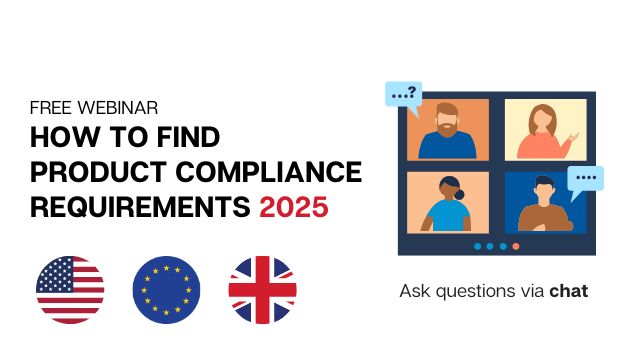



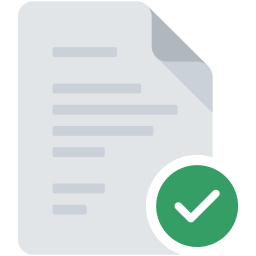








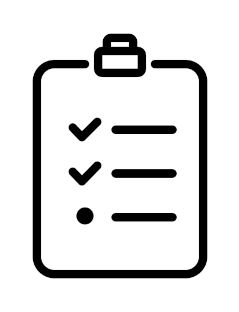


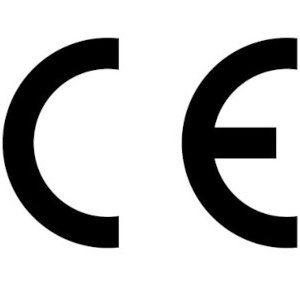




.png)
.png)
.png)
